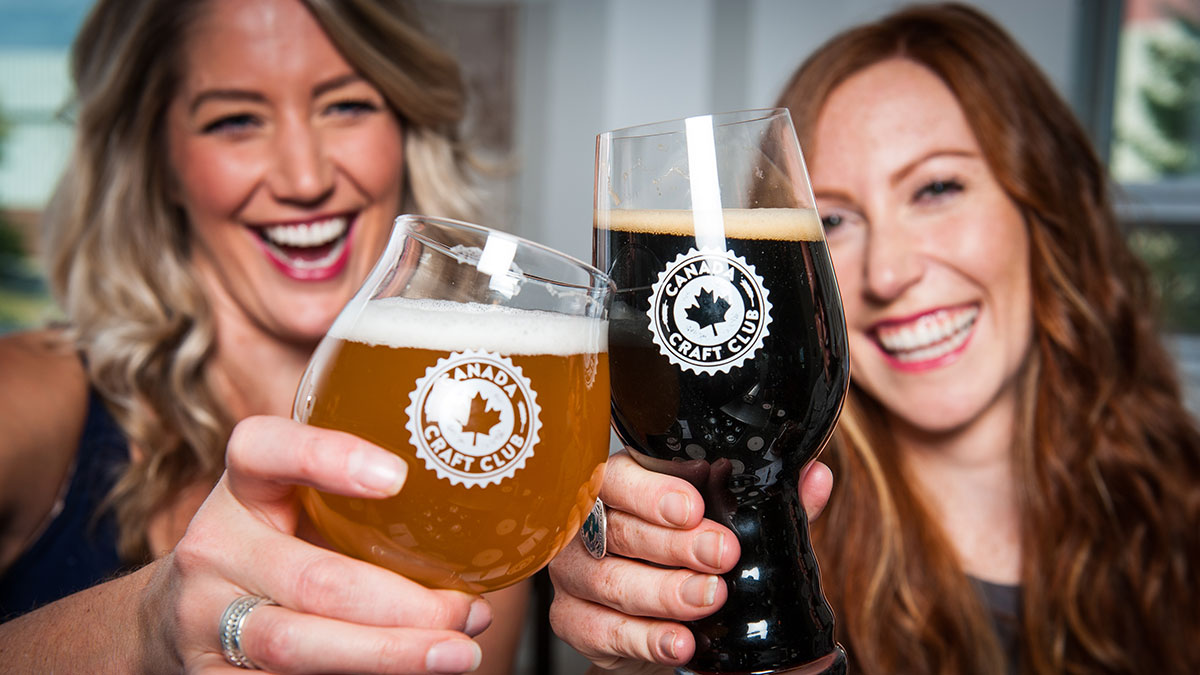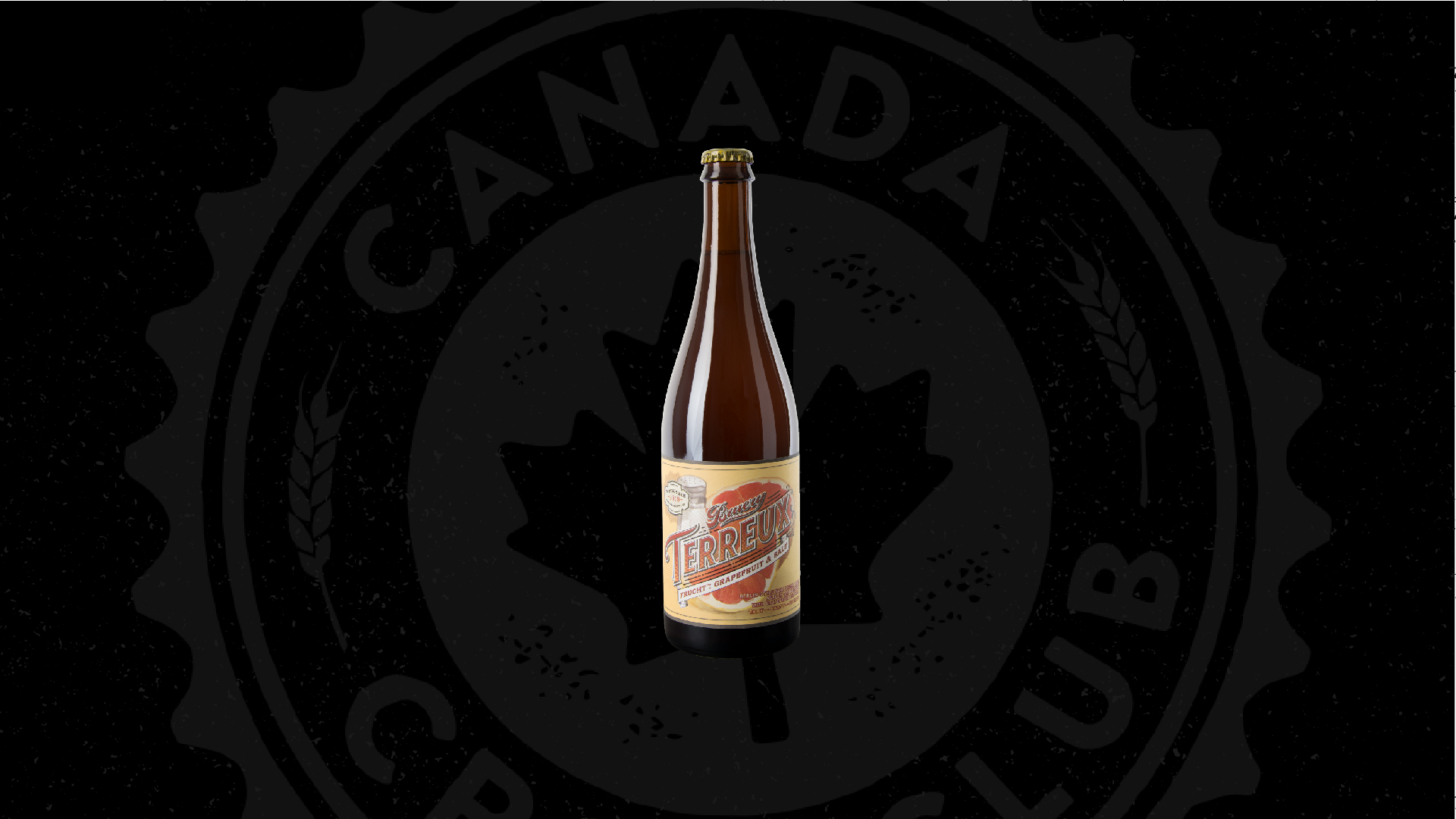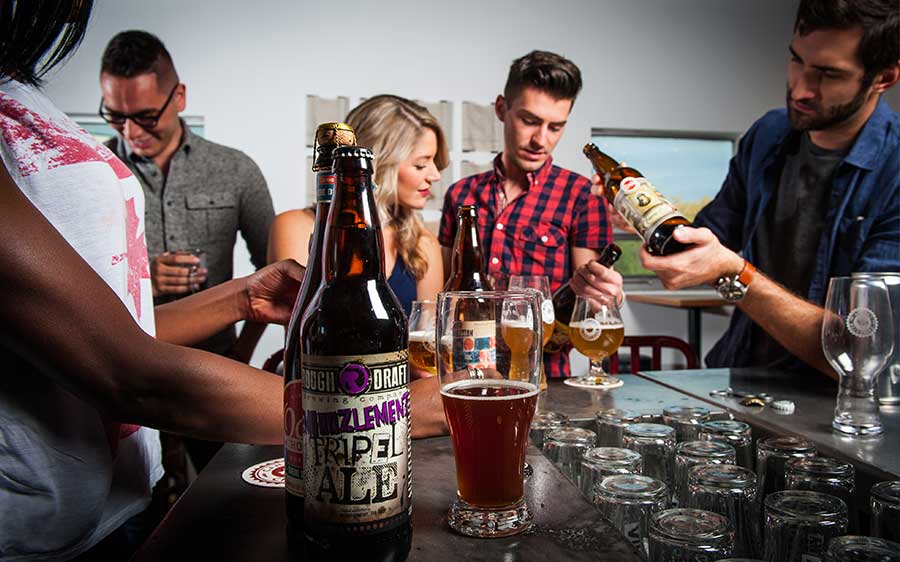Enjoying Craft Beer the Best Way
You may wonder why any sane person would create a beer storage area in their home that was any more complicated than an old fridge in the garage. But if you’re getting deep into the craft beer game, then it’s time to consider building yourself a beer cellar. This immediately conjures up the image of dry-wall work and a contractor’s bill so heavy it causes actual gravitational changes in your gut biome. Don’t worry – it doesn’t need to be that crazy. The important thing about making a cellar space in your home for craft beer revolves around two very simple pieces of information.
#1 – The Beer

Not every beer is going to be suitable for the cellar. The most prominent point of cellaring a bottle of fine brew is to allow the flavour and character to develop over time. So when you’re choosing the beer to hide in your bunker, it needs to be something that will benefit from time in the dark.
- The rule of thumb is that no beer under an 8% ABV (alcohol by volume) should ever be stored for any length of time. Like most thumb-rules this is a general principle and it won’t always be true – if you’ve got a favourite that’s lower in booze-power you will probably have to experiment with time on the shelf to really know if it can handle the process.
- It’s also a good idea to go for beers with certain stages of brewing that lend themselves to aging. A lot of craft beers are spending time in previously used oak wine barrels these days and they can really evolve a great flavour by letting the barrel character age. Bottle conditioned and high malt beers also have great potential for flavour to emerge through being cellared.
#2 – The Spot

You can get wild and build an underground facility hidden behind a bookcase or if you feel like having any savings when you’re done, you can just designate a good spot in your basement with a few shelves. The important part of where you make your cellar spot is that the temperature stays stable and it’s dark.
- The flavour of any good beer will be tampered with if the temperature moves up and down the dial. An old fridge might be a good move, but it depends on where it is and whether it’s reliable or not. A cool basement is usually a better bet because you don’t have to worry about the electricity going out or a compressor failing.
- A lot of larger bottles being used now by craft brewers also need to be kept upright rather than laid down like wine. So a simple shelving unit will be more use than a repurposed wine rack. But you can always modify one if you happen to find a good deal.
- Keep it in the dark – light is one of the key culprits in boosting the oxidation process in beer and turning it from ambrosia to skunky. Nearly all craft brewers are using brown glass, so you should be good with nearly any bottle, but the more you can limit exposure the better.
- Plenty of great DIY examples are available online, ranging from simple covered corners to full on build-outs. We recommend you pick the best fit for you home and beer collecting ambitions and get some tasty options laid down pronto.
- Where to Start

Canada Craft Club has had some excellent options the past couple months, like Oldman River Brewing’s St. Joe’s Abbey Brown Ale or Crooked Stave’s Coffee Baltic Porter.




